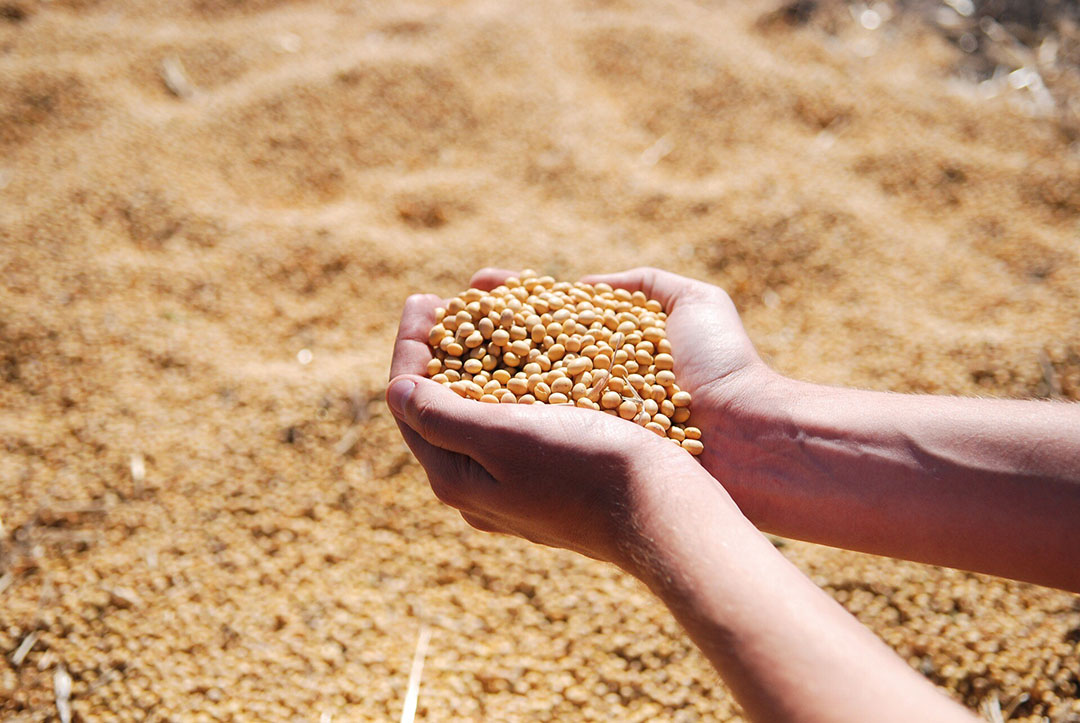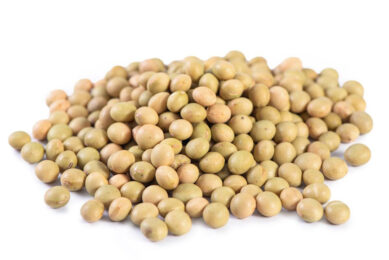Research shows country of origin of soybeans is significant

Research analysed the influence of soybeans from 4 different countries on the chemical composition, protein quality and nutritive value of soybean meal.
Soybean meal is the most common protein source in non-ruminant diets, with the US, Brazil, Argentina and India being significant exporting countries. In feed formulation, many feed mills and nutritionists use a matrix for soybean meal based on its crude protein content, independently of other characteristics of the beans. However, factors such as bean genotype, type of soil, environmental conditions during growing and harvesting seasons, and storage affect the proximal analyses of soybeans. Moreover, the geographical area where the soybeans are produced might affect their protein quality and nutrient content.
Chemical values
Soybean origin significantly affected most of the chemical values of the meals. Crude protein content was greatest for the soybean meal from Brazil and lowest for the soybean meal from Argentina. Soybean meals from Indian beans contained less ether extract than soybean meal made of beans from the other 3 origins. Sucrose and stachyose concentrations were highest for the soybean meal from the US and lowest for the soybean meal from Brazil and India. An opposite trend was detected for raffinose, which was higher for the Brazilian and Indian meals than for the Argentinian and US meals. Crude fibre and fibre concentrations were greater for the Indian and Brazilian meals than for the Argentinian meals and greater for all than for the US meals.
 Interview Glowlit: Real-time feed additive data is vital
Interview Glowlit: Real-time feed additive data is vital
All About Feed launched a new online feed additives price section in collaboration with Glowlit.
Mineral content
Soybean origin affected calcium, phosphorus and potassium concentration of the soybean meal, but magnesium and sodium contents were not affected. Calcium content was greater in the Indian and US meals than in the Argentinian and Brazilian meals. Phosphorus concentration was greater for the US and Argentinian meals than for the Indian meals, with the Brazilian meals being intermediate. The highest level of potassium was observed for the Argentinian meals and the lowest levels were observed for the Brazilian and Indian meals. The beans’ country of origin affected the zinc and iron content of the meals, with the lowest values reported for the Argentinian meals. The highest iron content was observed for the Indian meals, followed by the Brazilian meals. No differences among soybean origins were detected for magnesium and copper contents.
 Organic trace minerals improve production sustainability
Organic trace minerals improve production sustainability
The organic production industry is facing increased pressure from legislators and consumers to provide sustainable products. This creates new challenges.
Amino acids
The abundance of the key indispensable amino acid profile of the soybean meal (% of crude protein) varied significantly with the country of origin of the beans. In general, the amino acid profile for non-ruminant species was more favourable for the Argentinian and US meals than for the Brazilian and Indian meals. In this respect, lysine content per unit of protein was highest for the US meals and lowest for the Brazilian and Indian meals. Threonine content was higher for the US and Argentinian meals than for the Brazilian and Indian meals. A similar trend was observed for methionine, cysteine and valine and for the sum of the 5 key amino acids. The isoleucine, leucine and tryptophan profiles, however, were not affected by the origin of the beans.
The study determined that the country of origin of soybeans affected the chemical composition and nutritive value of the soybean meal. Consequently, matrices with different nutrient composition should be used for soybean meal of different origins in the formulation of diets for non-ruminant animals.
 Soybean futures market
Soybean futures market
Get the latest futures prices for soybean here.
This article is based on the study ‘Chemical composition, protein quality and nutritive value of commercial soybean meals produced from beans from different countries: A meta-analytical study’ on Science Direct.











